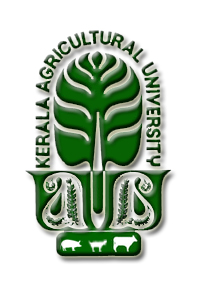Syllabus
UNIT I
Introduction to high level languages - Introduction to C - History of C – Development environment of C- structure of C program- C tokens & keywords- Primary data types, Variables, constants, character constants, length of data types, header files – use of header files. C operators, building and evaluating arithmetic expressions, type conversions, type casting; Relational operators, logical operators. Standard library functions. Input statement, output statement, formatted output; importance of documentation. Decision making – branching, if statement, Nested if, switch statement, go to statement. Looping – while, do- while, nested loops, for loop, nested for loop, break, continue statements.
(7 hrs)
UNIT II
Arrays, one dimensional array representation, sorting, searching. Two dimensional arrays – matrix representation, matrix operations. String arrays, representing strings, string operations, string library functions. User defined functions, passing arguments, returning values, recursive functions, storage class, scope and visibility of variables, local & global variables. User defined data types, structures, unions, arrays of structures, structures in user defined functions.
(5 hrs)
UNIT III
Introduction to pointers, passing arguments by address using pointers- pointer representation of arrays, Dynamic Memory allocation functions, self-referential structures, Linked lists, Insertion, deletion operations of linked lists, applications of linked lists, Stacks, push/pop operations, Queues – deletion/insertion of queues.
(5 hrs)
This course of mechatronics includes different control systems associated sensors and
output signals, modelling, robotics and improve the related problem solving skills.
OBJECTIVE
This course is intended to give the students, a foundation in Artificial intelligence and related topics. Through the theory and practical sessions of the course, the students will be exposed to AI programming techniques and it applications in agriculture, industry, healthcare and other areas.
COURSE CONTENTS- Introduction to Artificial Intelligence
- Programming using Python
- State Space Problem Search
- Knowledge Representation
- Optimization and Uncertainty
- Learning, Neural Network and Natural Language Processing
Objective:
- To acquaint and equip the students with different aspects of water quality, standards, analysis, decontamination, and management aspects.
The objectives of this course are to enable students;
1. To set out any agricultural engineering work and to prepare estimates.
2. To have a thorough idea regarding the quality and quantity of materials, quantity and classes of skilled and unskilled labours and tools and plants required for the project.
3. To calculate the exact quantities of items of work done for affecting payment
4. To develop themselves as entry level graduate engineers competent to manage any agricultural
engineering project confidently either alone or jointly.
To understand the concept of complex geometry which is very useful in constructing machines. Complex analyses have a great role in many circuits.
To understand about Fourier series which represents periodic functions. It is used in the
resolution of partial differential equations, which appears in many engineering problems
such as heat diffusion, wave propagation and fluid mechanics problem.
To acquaint and equip the students with processing and handling of fruits and vegetables to
minimize the post harvest losses and also to facilitate the design features of the equipments used
for the processing
To acquaint and equip the students with processing and handling of fruits and vegetables to
minimize the post harvest losses and also to facilitate the design features of the equipments used
for the processing
